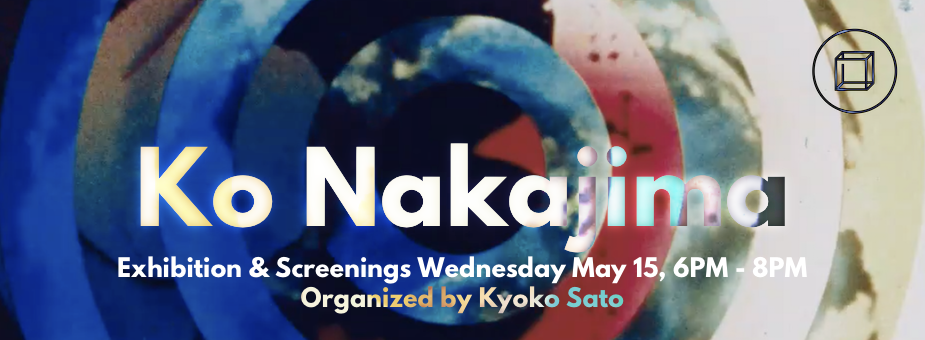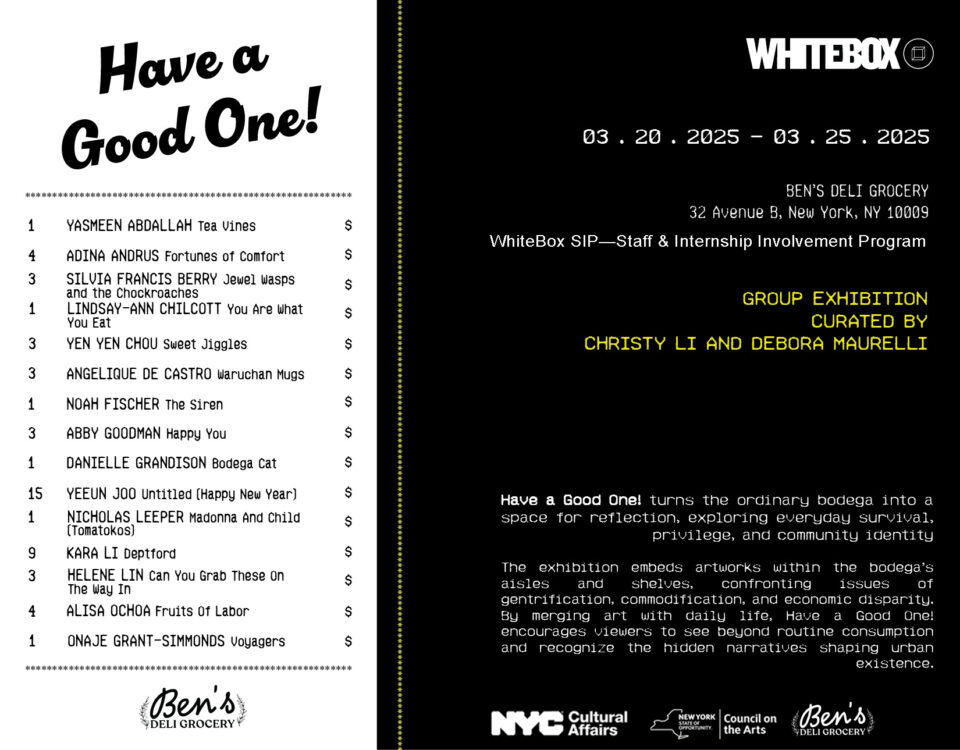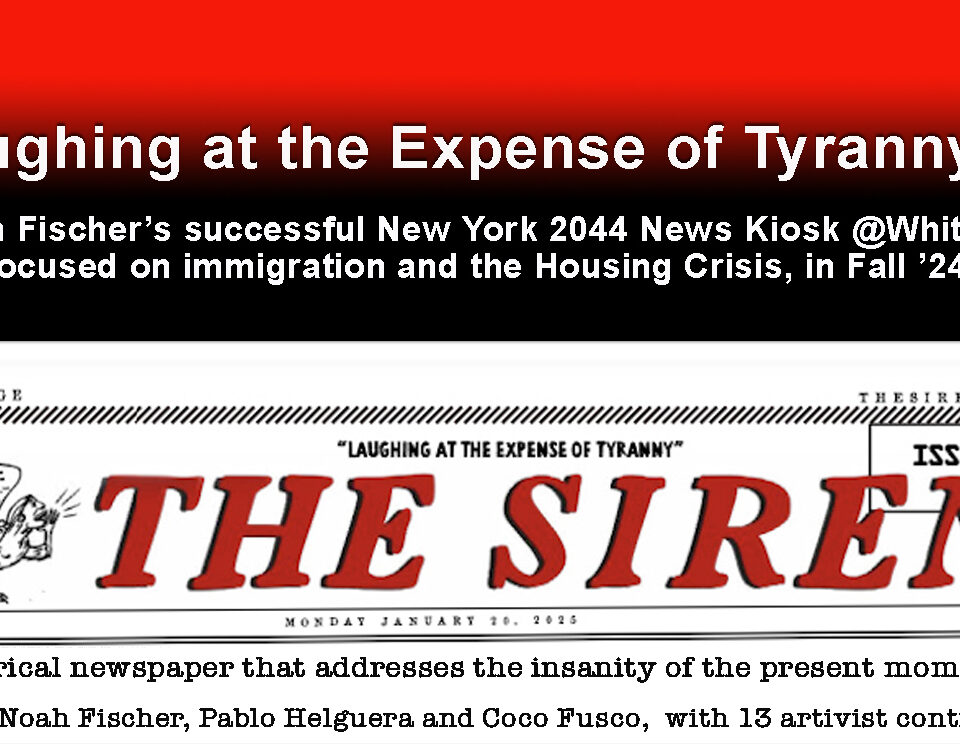Differing Facets In Our Distinct Future
May 2, 2019Blind-Fold Summer Residency and Performance Series
July 19, 2019Organized by Kyoko Sato
May 18 – June 22, 2019
Screenings: Everyday Hourly
XFR Collective, in collaboration with Collaborative Cataloging Japan (CCJ), is pleased to partner with WhiteBox Harlem to present a week installation and screening event of works by Japanese video art pioneer, Ko Nakajima. Through a generous Creative Engagement grant from the Lower Manhattan Cultural Council, never-before-published video works by Nakajima have not only been preserved and made accessible for the study of Japanese video art history, but will be made available for public viewing in New York City for the first time.
Nakajima began animation experiments in films with the works, Anapoko (1963) and Seizoki (1964), which were produced with the intention of being presented at the Sogetsu Art Center, an active space for avant-garde art, film, and dance in Tokyo. With the arrival of video and the electronic signal processing technology, Nakajima took interest in the digital processing of film over multiple iterations spanning many years, as seen in the work Biological Cycle (1971-1982). For this presentation, XFR Collective and CCJ have digitized two of the six parts of the Biological Cycle, and WhiteBox Harlem will present Parts 1, 2, and 5 across three monitors.
In 1971, artist Ko Nakajima established the video art collective Video Earth Tokyo and used portable video recorders to document local communities, social life, and performance experiments by the collective with the intention to cablecast locally. The two works from Video Earth Tokyo to be presented have never before been screened. The digital transfers created for this project opens up the unfamiliar history of 1970s Japanese cable access activities and Video Earth Tokyo’s documentary practice.
XFR Collective is a nonprofit that partners with artists, activists, individuals, and groups to lower the barriers to preserving at-risk audiovisual media. CCJ is a nonprofit that supports Japanese experimental film & video.
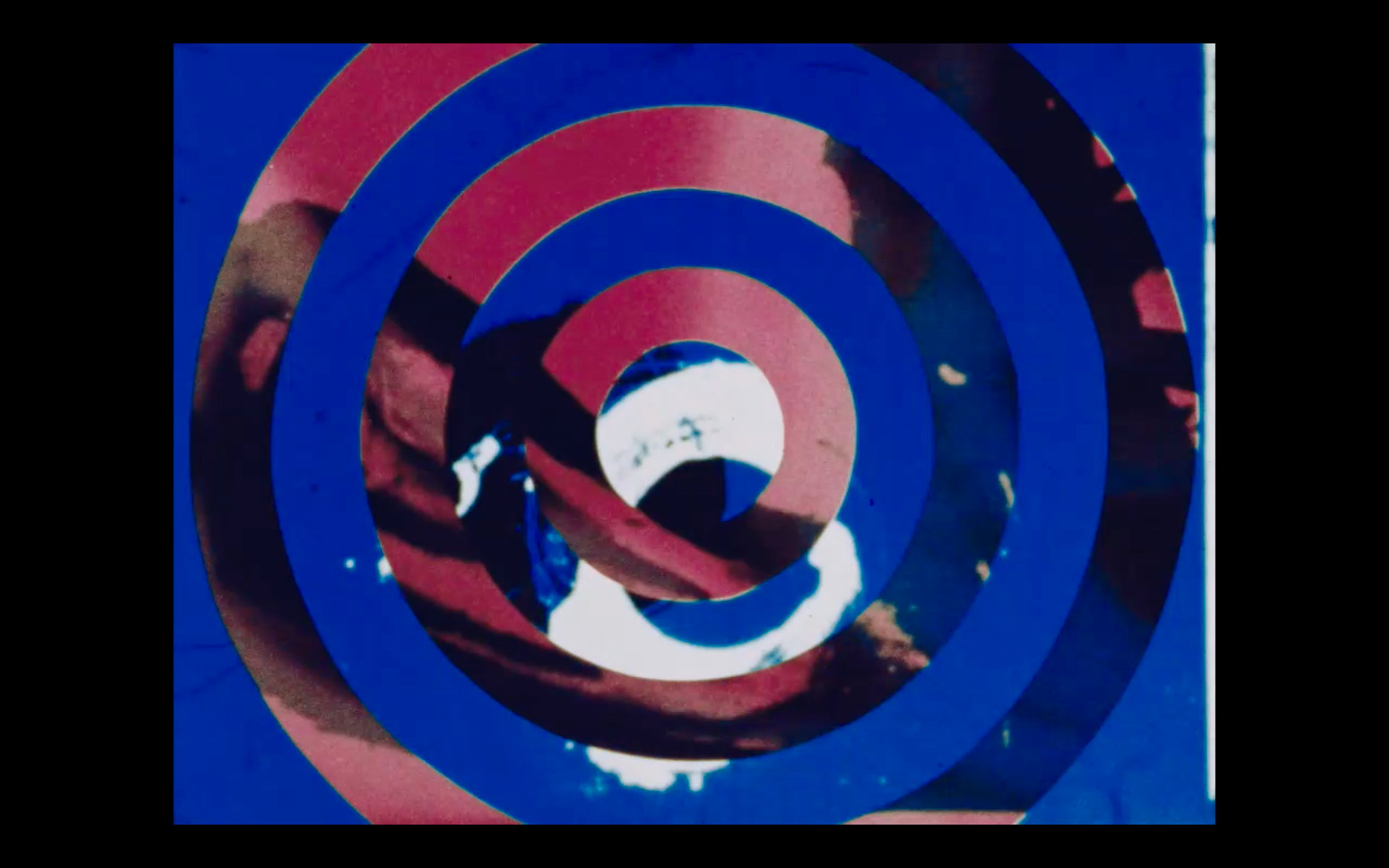
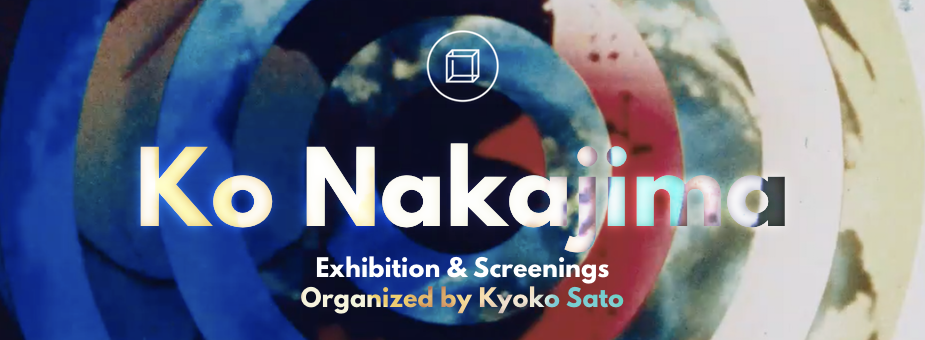
In 2018 Collaborative Cataloging Japan created a 2K digitization Anapoko.
Anapoko 1963, 16mm transferred to digital file, 8:38 min.
After graduating from Tama University of Arts, Nakajima made this work with the intention
of submitting to the Sogetsu Animation Festival. Without much funding to work with,
Nakajima devised the technique “Kaki-mation,” a method of drawing directly on 35mm
film. At this time, he frequented Studio Zero—the formative mainstream animation /
cartoon production company of the period with members Shinichi Suzuki, Jiro Tsunoda,
Fujiko Fujio, and others.
Seizoki 1964, 16mm transferred to video, 4:10 min.
Animation using the “Kaki-mation” technique.
Biological Cycle 1971-1982
Based on the first 16mm film, which was shot in a studio with Nakajima’s family and birds, effects were then added as iterations were made. At some point during the series the work was transferred from film to video, and digital effects using the “Animaker,” an electronic image synthesizer that he invented (also nicknamed “Ko-puter”), were also introduced.
A Graveyard and Beggar 1975, 1/2-inch Open Reel transferred
to digital file, 12:10 min.
A work of Video Earth Tokyo, it is an interview with a homeless who lived in the Aoyama
cemetery. Photography by Michael Goldberg.
Video Earth Tokyo Interviews of Ikeda and Shimoda CATVs, 1971, 1/2-inch Open Reel transferred to digital file, 25 min.
When Keiji Ito, a new member of Video Earth Tokyo, expressed an interest in starting a
cable television station in Shimoda, the collective brought in and wired the coaxial cables
themselves, and established a local transmission studio, broadcasting live to about 20-30
homes. The contents of the program were community-based guerrilla programs,
continuous shot of the clock for time signaling, and other kinds of material. As this was a
project for the local community, we did not broadcast any individual work that is
experimental in nature. This project became independent in 1978 as Video Earth K2, and
continues to operate to this day (Shimoda Cable TV Broadcast Co., Ltd.) We found out
later that there was a cable television operation in Ikeda-cho, and covered their story as
well.
Shokutaku Ressha (Video Picnic) 1975, video, 8 min. (3:45 min. excerpt)

